Are you thinking about wiring a 30-amp RV plug? If so, you might wonder if using a 10-gauge wire is a good idea. When it comes to setting up power for your RV, the type of wire you use is like choosing the right tool for a job. So, let’s talk about 10 gauge wire.
It’s not too thin and not too thick. It’s used for carrying electricity from one place to another. Now, the 30 amps you need for your RV is like the energy that flows through the wire, powering up your appliances and gadgets.
We’ll help you understand the basics without any confusing setups. So, let’s learn more about it and find out if this wire is up to the task.
1. Right Wire Size for 30-Amp Breaker
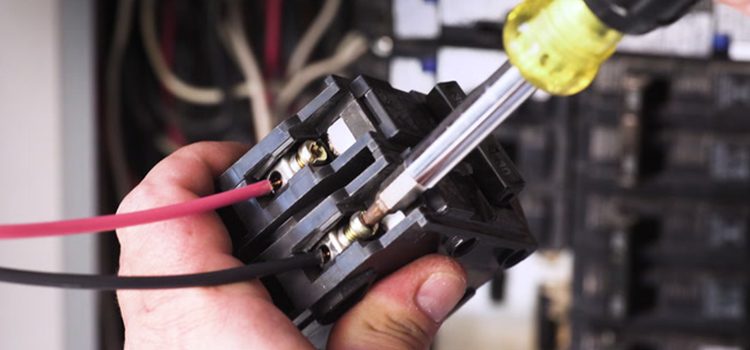
Choosing the correct wire size for a 30-amp breaker is crucial to ensure the safety and proper functioning of your electrical system. The wire size determines how much current can flow through it without overheating. For a 30-amp breaker, the ideal wire size is important to prevent the wire from getting too hot. Using a wire that is too small might lead to overheating, while a wire that is too large may be unnecessary and more difficult to work with. It’s all about finding the right balance to ensure a safe and efficient electrical connection. You should use RV power adapters for better power coverage.
2. Ideal Wire Size of 10-Gauge for 30 Amp
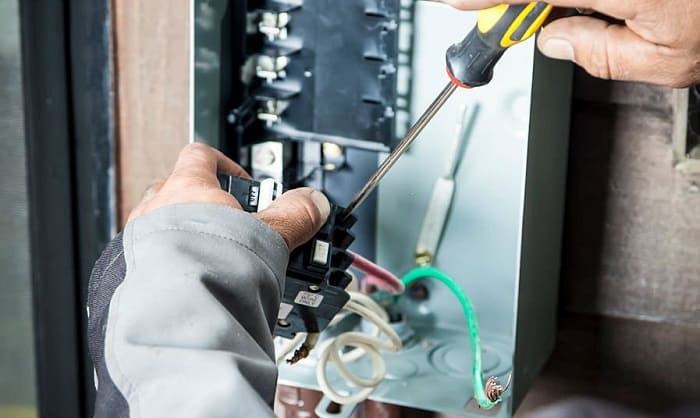
Regarding a 30-amp breaker, the recommended wire size is 10-gauge. This wire size can handle the load of a 30-amp circuit without getting too hot. It’s like using a straw that’s just the right size for the drink you want, not too small or too big. The 10-gauge wire provides a safe and reliable flow of electricity, preventing overheating and potential hazards.
So, remember, when it’s about that 30-amp breaker, think of it as picking the right straw, the 10-gauge wire. It’s just the right fit to keep things running smoothly and safely. You should use a power cord to power the thing.
3. Wire Size of 10-gauge for 30-amp
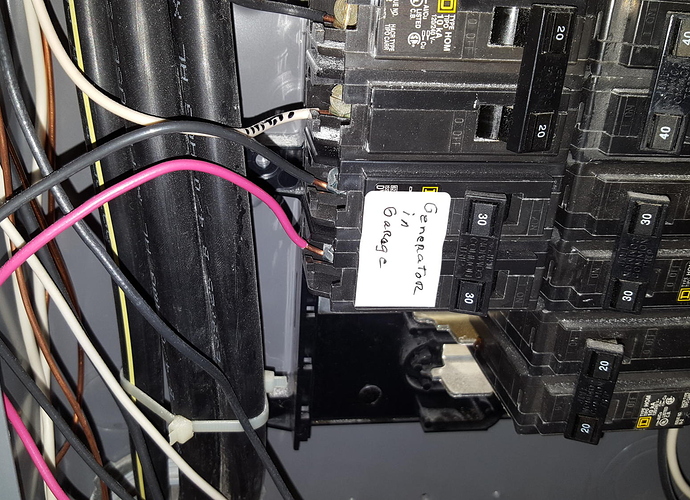
Using a thick wire like a 10-gauge one with a 30-amp breaker is a clever pick. This wire is just the right size, not too skinny or too fat, kind of like a road that fits the cars without any trouble. It can handle a lot of electricity to make your stuff work, and there’s no need to worry about it getting too hot. The 10-gauge wire is really good at taking care of the electric power in a 30-amp circuit. It’s like having a strong pipe for water that’s not too big or too small, just perfect for the job.
4. Wire Size Options for 8-gauge Stability
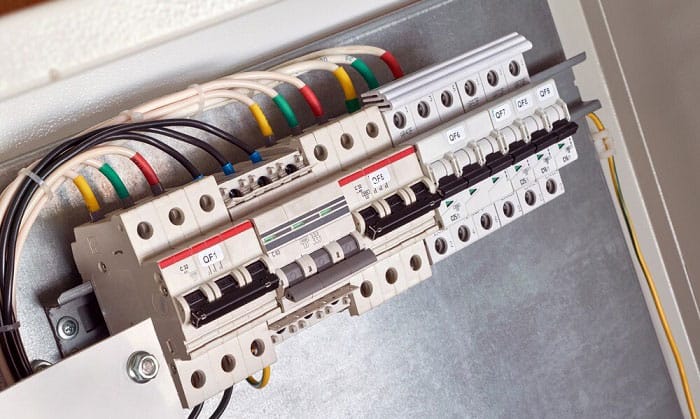
Although the recommended wire size for a 30-amp breaker is 10-gauge, you might also consider using an 8-gauge wire. While it’s thicker than 10-gauge, it offers even more stability for your electrical system. It’s like using a sturdy bridge that can easily handle heavy traffic. The 8-gauge wire ensures a reliable and secure connection, making it a popular choice for those who want extra assurance. The 8-gauge wire doesn’t play around when it comes to making a safe connection. This wire is great for people who really want to be sure everything is connected well.
5. Important for 30 Amp Breaker Install
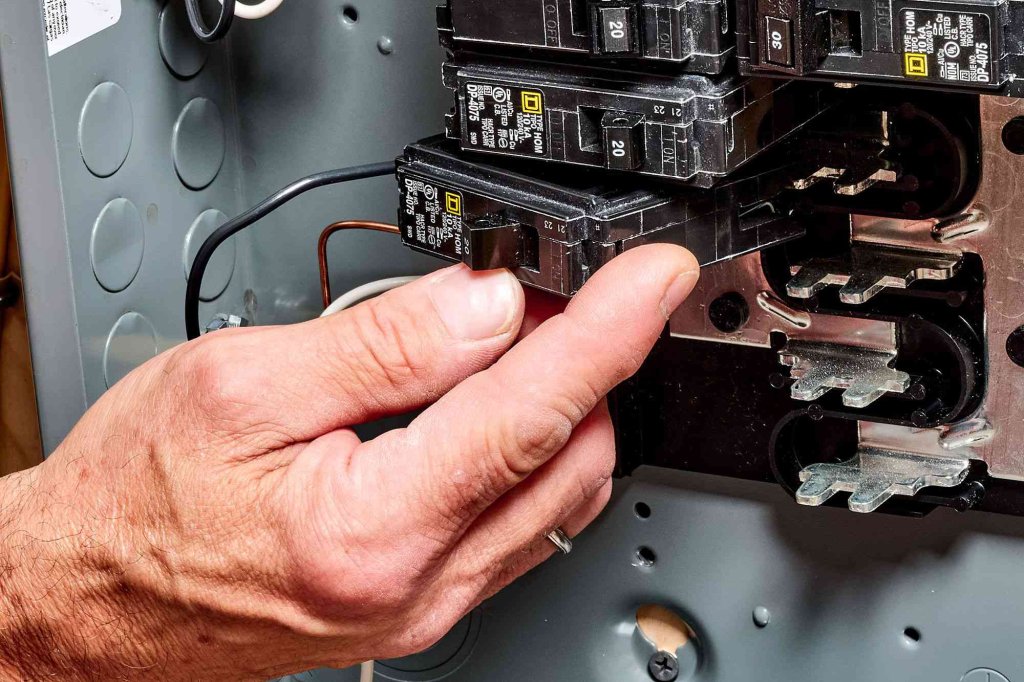
When installing a 30-amp breaker, remember that wire size isn’t the only factor to consider. Wire length and the devices you plan to connect to the circuit also play a role. Additionally, be mindful of the 80% rule; you should only use up to 80% of the circuit breaker’s capacity to prevent overloads. It’s like filling a backpack – you don’t want to stuff it to the brim, leaving some space for comfort and safety. Get a 30 Amp circuit breaker for the motor, which will be very beneficial.
6. Effects of Wrong Wire Size and Length
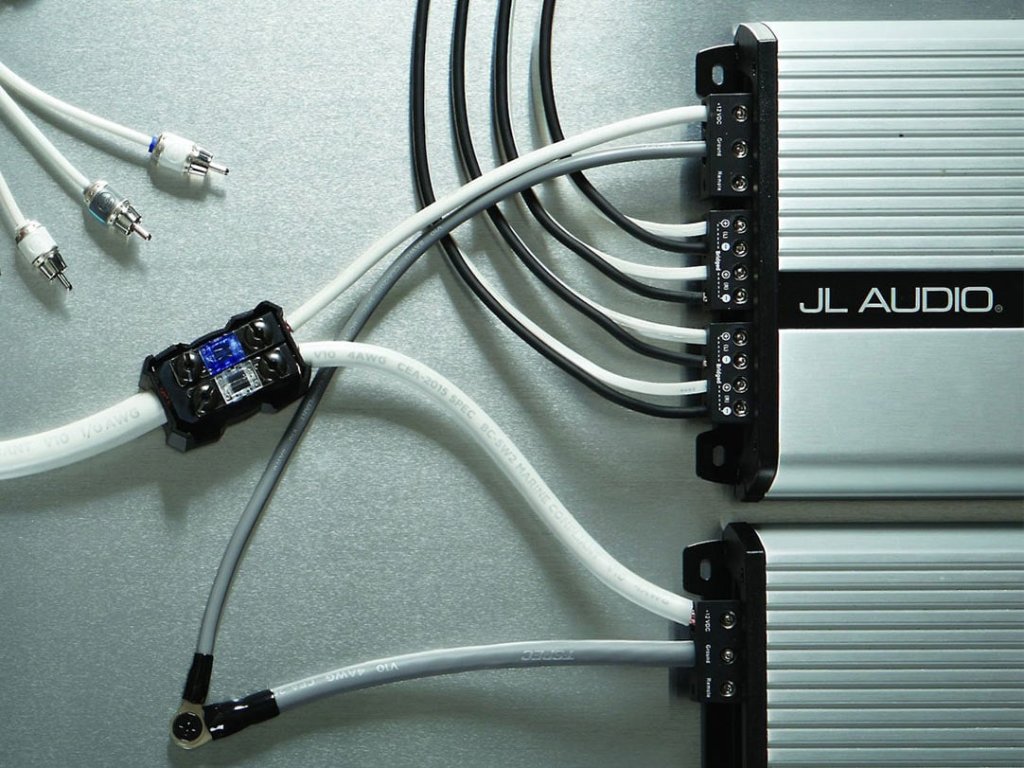
Using the wrong wire size or exceeding the recommended wire length can lead to serious consequences. Smaller wires might overheat, causing damage and potential fire hazards. On the other hand, longer wires can result in insufficient current delivery, affecting the performance of your devices. It’s like using a too-narrow hose for a powerful stream of water; you’ll either get a weak flow or risk damaging the hose.
7. Considering 8-Gauge with 30 Amp 220V

For those looking to power devices with higher voltage requirements, like 220V, using an 8-gauge wire with a 30-amp circuit might be beneficial. The thicker wire ensures that the higher voltage is delivered safely and effectively. It’s like using a wider pipe to handle a stronger water flow, and the 8-gauge wire can handle the increased voltage demands, reducing the risk of overheating or performance issues.
Conclusion
So, now you know that using a 10-gauge wire is a pretty good idea. It can handle the job okay, but if you want extra strength, you might want to think about an 8-gauge wire. It’s like upgrading to a super wire that can handle the big shocks. The 10-gauge wire is like a hero who’s good at their job but not the strongest out there.
On the other hand, the 8-gauge wire is like a superhero with a lot of power. Whether it’s 10-gauge or 8-gauge, now you know that both wires have their strengths. It’s like having two choices for the best wires out there. Both are strong, but one might be your new favorite.

